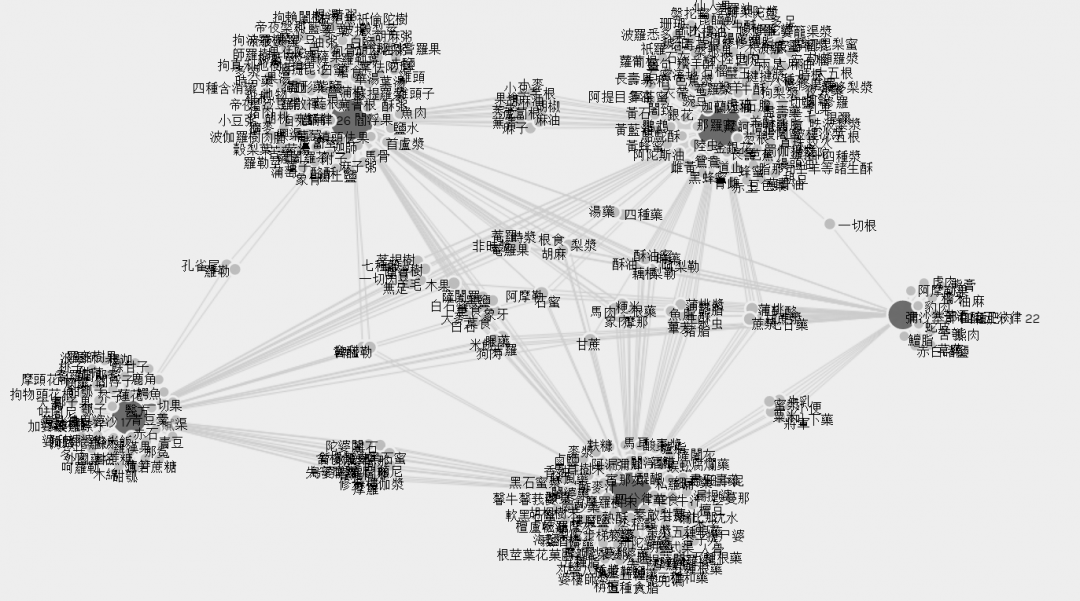The following is a simple guide to accessing and analyzing the Daozang (Daoist Canon) via DocuSky's tool known as Tagstats, which allows you to upload your own list of vocabulary and locate it within the entire canon. (DocuSky's English interface is forthcoming. Steps below will not require any knowledge of Chinese) 1. Using DocuSky's Tagstats … Continue reading Using DocuSky’s Tagstats tool and attaching adding metadata for using with Palladio/Tableau
Evolution of A Recipe:
Guzhi tang - 桂枝汤 (Cinnamon twig decoction) contains Cinammon Twigs (桂枝), Peony Root (白芍), Ginger (生姜), Red Jujubes (红枣) and Liquorice root (甘草). How to use DocuSky’s Post-Search Classification function to reveal historical change This blog describes how to analyse the text corpuses in the Polyglot Asian Medicine website, a site which provides tools for … Continue reading Evolution of A Recipe:
MARKUS: Editing Previously Determined Tags
What to do when you've marked up a text using MARKUS, but the tags are all wrong. Shot by 吳瑞明.
Why Medicine and Religion?
Until recently, the history of Chinese medicine has been one of genealogies, of histories of texts that were composed or compiled at one point in time, and then edited into different forms by various individuals or groups over time. It was a history of great books and great men.
But these histories, constructed narratives of elites and their texts, do not do service to the vast majority of healthcare in China, which was practiced by a broad range of people - from family members, first and foremost, to mendicants, herb-sellers, masseurs, cooks, attendants, priests, monks and ascetics....
Situating Drug Knowledge in China: A Digital Humanities Solution
Reblogged from The Recipes Project, 11.06.2015. Drugs, be they plant, animal or mineral, were important objects for trade, cure and even spiritual salvation throughout Chinese history even until today. They appear in all sorts of diverse sources, from poems and diaries to scriptures, pharmacopoeias and recipe books. The historical record for the early imperial period (221 … Continue reading Situating Drug Knowledge in China: A Digital Humanities Solution
A Plant for the End of the World
Reblogged from The Recipes Project, 16.12.2014. Located in his mountain retreat near the Floriate Sunlight Cavern on Mount Mao, China’s earliest recorded pharmacologist, Tao Hongjing, is deep in his studies. He is editing the earliest known recension of the Chinese Pharmacopoeia, the Divine Husbandman's Pharmacopoeia (Shennong bencao jing 神農本草經). It is close to the year 500, and Tao is … Continue reading A Plant for the End of the World
